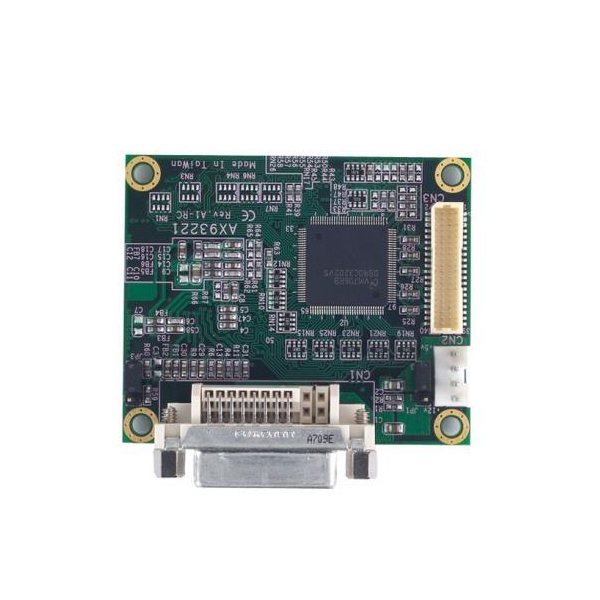Lvds To Dvi Converter
Jul 25, 2018 - I am looking for some chip or a connector that can convert LVDS signals into DVI. Nov 7, 2012 - I have two displays (1024x768) that take LVDS and two separate video feeds, one is DVI, the other one VGA. I want to design a board that.
In reply to: Appala, I will defer to Ross on the technical aspects on if the combination will work with your panel. However, I noticed you are using the -EP version of the TFP410A. This is the enhanced plastic package typical for hi-reliability applications (speced for -55 to +125C operation).
That’s the biggest question we have been asked by people. Windows 7 loader 22 1 by daz download. Well, to answer this question, I have to mention about the TeamDaz. Who is behind it? Daz is the main developer on the team and there are 6 other members currently work with him.
The is only speced for commercail temperature (0 to +70 C) operation so from a 'temperature' basis, this seems to be a mis-match, If you need extended temperature range, the is the same functionality and performance as the LVDS83B, only it is speced for industrial temperature (-45 to +85 C operation). On the other hand if commercial tempearture is fine, then the TFP410A is available in commercial temperature options for less than half the cost.
All content and materials on this site are provided 'as is'. TI and its respective suppliers and providers of content make no representations about the suitability of these materials for any purpose and disclaim all warranties and conditions with regard to these materials, including but not limited to all implied warranties and conditions of merchantability, fitness for a particular purpose, title and non-infringement of any third party intellectual property right. No license, either express or implied, by estoppel or otherwise, is granted by TI. Use of the information on this site may require a license from a third party, or a license from TI.
If this is the case, we recommend disabling these add-ons. Your browser may also contain add-ons that send automated requests to our search engine. Kartochki cifr ot 1 do 20. You could be submitting a large number of automated requests to our search engine. Weʼve developed a service called that has been specially designed to handle such requests. Itʼs also possible that your computer has been infected with a Spambot virus thatʼs using your computer to gather information.
Content on this site may contain or be subject to specific guidelines or limitations on use. All postings and use of the content on this site are subject to the of the site; third parties using this content agree to abide by any limitations or guidelines and to comply with the of this site. TI, its suppliers and providers of content reserve the right to make corrections, deletions, modifications, enhancements, improvements and other changes to the content and materials, its products, programs and services at any time or to move or discontinue any content, products, programs, or services without notice.
As for the SGI Multilink, it's only available to current SGI owners, and I believe it's been discontinued anyway. Also, it costs something like $500. My understanding of display LVDS and DVI -- DVI is the desktop spec, for connection to large displays from PCI/AGP graphics boards. LVDS is the notebook and high res spec (the SGI 1600SW panel uses it), and comes in several flavors. For example, notebook panels at 1280x1024 and below can use 1-channel LVDS, while panels above (1400x1050, 1600x1200) use 2-channel LVDS. The voltages, timings, etc.
Differ from DVI. Other flavors of LVDS can be found in LVD and U160 SCSI cards, for example.

(Please don't take this to mean that I have any understanding of 1 vs 2 channel LVDS. Any help on that?) This is why you can't simply connect your desktop graphics card to a notebook display. Which is what I've been thinking about. Septimus, Sorry to hear you're having troubles with the family--hope that works out soon. Quote: I was under the impression that DVI was one protocol: DVI-I/D differ in that one (DVI-I, I think) includes analog signalling in a unified connector (more pins), and DVI-A is just a different connector (pins vs socket). Please enlighten me if I'm wrong. DVI is, in a sense, two protocols (-A and -D)with a third variant (-I)that is the combination of those two.
DVI-A (and therefore, the analog portion of DVI-I) uses the same methods of signalling as *VGA, just with a different connector, as you indicated. All the DVI types use the same connector, but not necessarily all of its pins.
